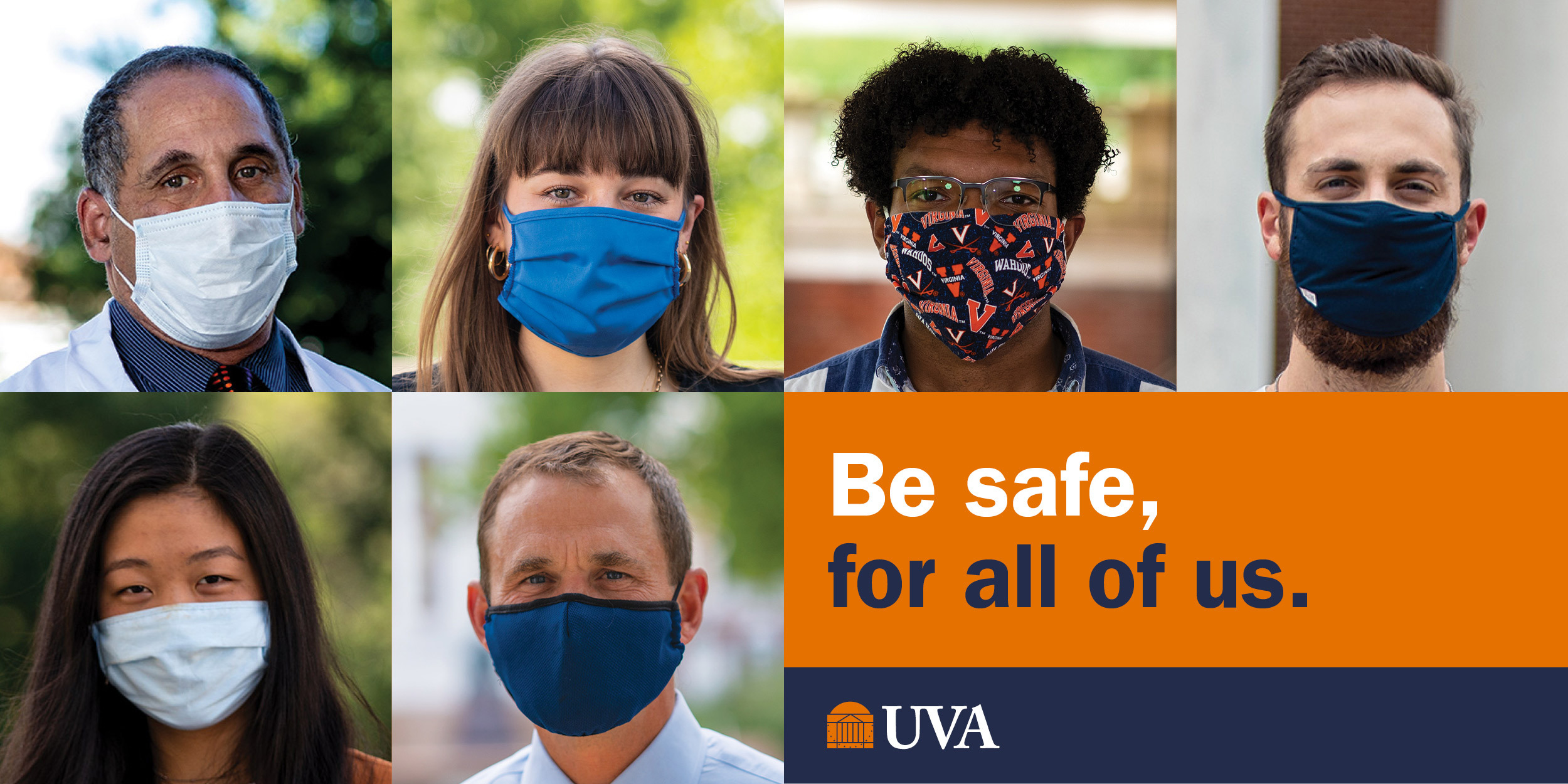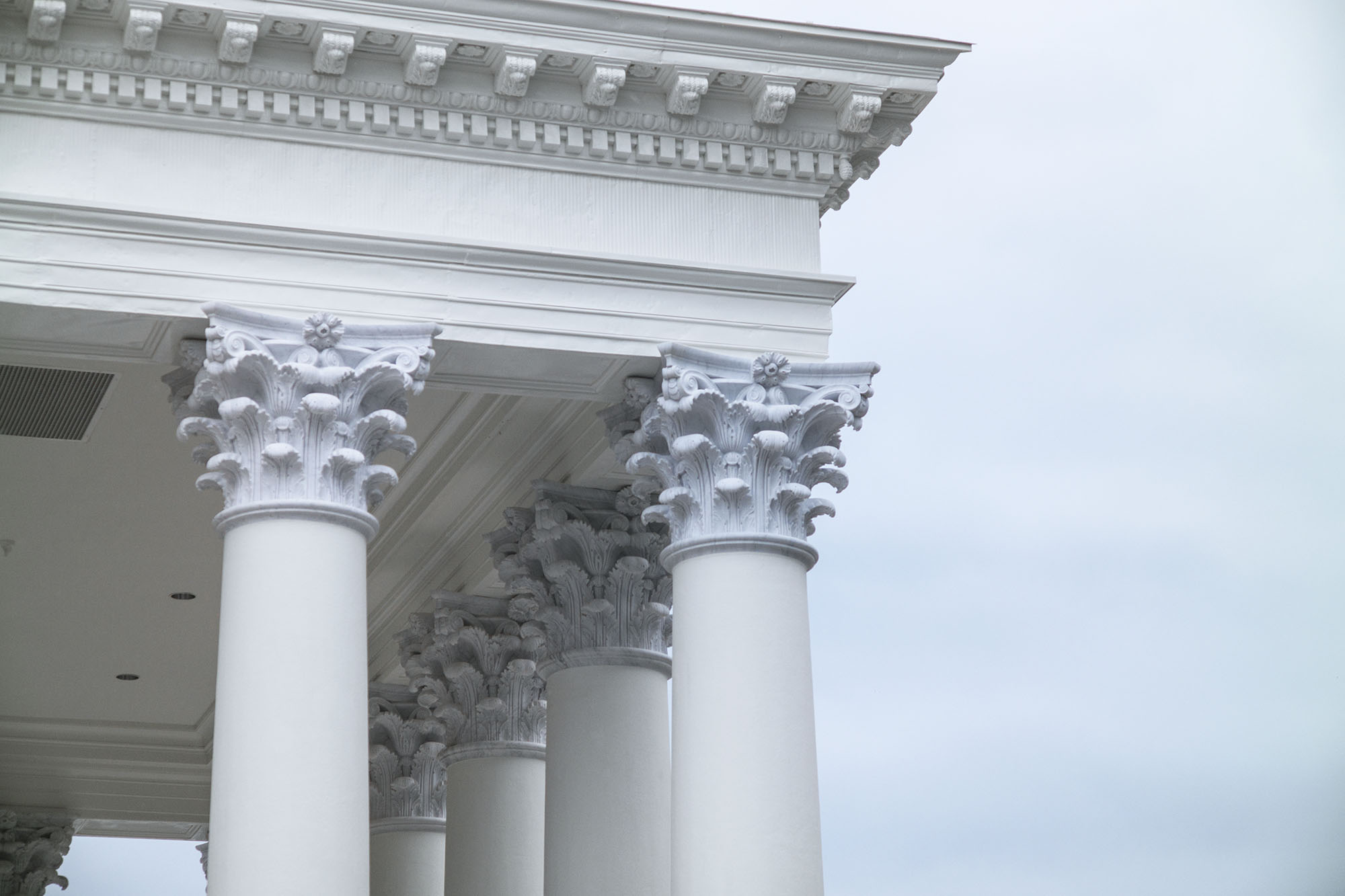The coronavirus pandemic has disrupted nearly every facet of higher education during the past six months, and the University of Virginia has been no exception.
On Friday, the Board of Visitors heard details about the pandemic’s impact and UVA’s ongoing response, and also revised the University’s current operating budget downward by nearly $90 million compared to the budget originally adopted last spring.
The budget for the fiscal year that began July 1 now totals $3.76 billion, revised down by 2.3% versus the blueprint approved in June. The budget includes the combined operating budgets of the Academic Division, UVA Medical Center and UVA Wise.
Chief Operating Officer J.J. Davis and Provost Liz Magill said the budget adjustments have been difficult but necessary, guided by a commitment to find creative ways to maintain excellence in the University’s core mission of teaching, research and clinical care.
Davis, Magill, President Jim Ryan and board members expressed gratitude and admiration for the dedication of the many members of the UVA community who have planned and managed dramatic changes to course delivery, services and other operations during the pandemic.
“It takes remarkable teamwork to meet extraordinary challenges, and I don’t know of many challenges that have been as difficult for this institution as the coronavirus pandemic,” said Rector Jim Murray. “There is more work and uncertainty ahead. But I am proud and humbled by the effort from our University community.”

Ryan said the University remains “in close contact with students, faculty and staff, and our Charlottesville neighbors to adapt and make the best possible decisions we can based on the information we have.
“A silver lining of this is that the pandemic has forced us to work in different ways than we have in the past, collaborating much more than usual across unit lines, having to be nimble, to respond in real time to issues as they arise,” he said.
Like other universities across the country, UVA cautiously approached the fall semester and students’ return to Grounds after shifting to all-online learning for the conclusion of the spring semester. Undergraduate students returned to residence halls last weekend, and joined others in adapting to safety measures such as mask-wearing, physical distancing and a prohibition of gatherings of more than 15 people. All students living or learning on-Grounds or in Charlottesville/Albemarle County were required to submit a negative COVID-19 test before being cleared for the semester.
The University has introduced or installed an array of safety measures in physical spaces, including plexiglass dividers, hands-free door openers, frequent cleaning of common areas, and the required use of a health-check app for faculty, staff or students who are on Grounds. UVA last week announced several new asymptomatic testing programs for students to complement the existing testing regimen available to members of the University community.
In-person instruction began on Tuesday, following a two-week period of online-only instruction to begin the semester.
This fall’s hybrid learning environment offers 7,729 courses, with 74% being delivered online and 26% featuring an in-person component. Magill said fall semester enrollment did not decline, although overall on-Grounds residence hall occupancy stands at 66%.
The University currently estimates that it will face $55 million in one-time costs and lost revenues in FY21 associated with the impact of COVID-19. This assumes that the fall semester continues on its current plan and the spring semester is similar.
That figure includes an estimated $38 million for unanticipated expenses, including:
- COVID preparedness, testing, and containment;
- Instructional costs; and COVID-related support for students, faculty and staff;
- Personal protective equipment; and facilities needs such as plexiglass, tents, sanitizer stands, and disinfectant; and
- Hoos Health Check app, and call-center staffing.
The financial impact for the current year also includes $14 million in estimated lost revenue in housing and dining due to lower occupancy, and $3 million in forgone January-term and summer session tuition. As part of its effort to minimize the impact on students and increase their academic options, UVA previously announced that it would offer all undergraduates a January-term and Summer Session I course at no charge.
University officials remain uncertain about whether state appropriations will be reduced in the current budget cycle.
Davis said UVA is prepared to provide $10 million more in need-based financial aid than originally anticipated as students and their families continue to endure the effects of a pandemic-ravaged economy. The University did receive $5.8 million in federal CARES Act funding for financial aid, has raised $2.5 million for Bridge Scholarships, and has reiterated its commitment to meet 100% of demonstrated financial need for undergraduate students.
Davis said the University also anticipates significant potential losses in auxiliary services such as housing, dining and in Athletics. Reserve funds will help partially – but not completely – cover some auxiliary shortfalls that develop.
The University previously announced a number of major cost-saving moves, including instituting a hiring freeze, and foregoing potential merit increases for this fiscal year. Many UVA leaders, including Ryan and other senior executives, have taken 10% pay cuts. Every school and operating unit has also identified budget cuts for the year, which has included in cases the elimination of positions and employee furloughs.
Media Contact
Article Information
September 11, 2020
/content/board-approves-updated-uva-budget-reflecting-covid-impacts

